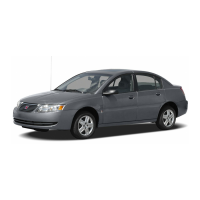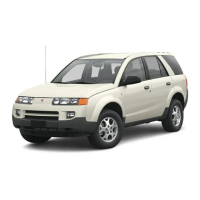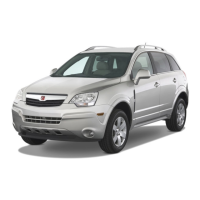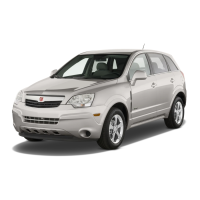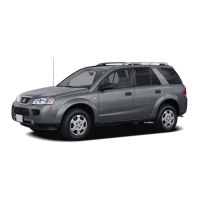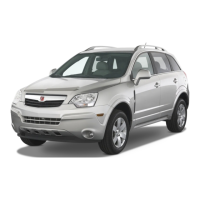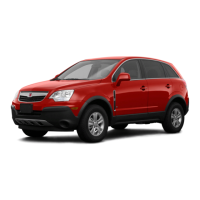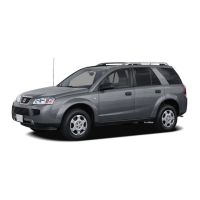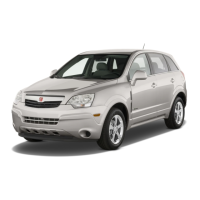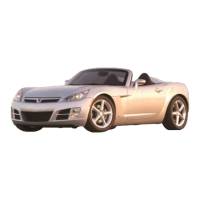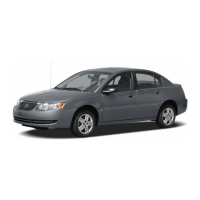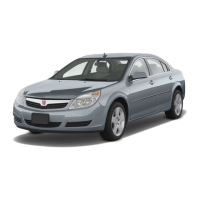Belt: A rubber coated layer of cords that is located
between the plies and the tread. Cords may be made
from steel or other reinforcing materials.
Bead: The tire bead contains steel wires wrapped by
steel cords that hold the tire onto the rim.
Bias Ply Tire: A pneumatic tire in which the plies are
laid at alternate angles less than 90 degrees to the
centerline of the tread.
Cold Inflation Pressure: The amount of air pressure in
a tire, measured in pounds per square inch (psi) or
kilopascals (kPa) before a tire has built up heat
from driving. See Inflation - Tire Pressure on page 5-61.
Curb Weight: This means the weight of a motor
vehicle with standard and optional equipment including
the maximum capacity of fuel, oil and coolant, but
without passengers and cargo.
DOT Markings: A code molded into the sidewall of a
tire signifying that the tire is in compliance with the U.S.
Department of Transportation (DOT) motor vehicle
safety standards. The DOT code includes the Tire
Identification Number (TIN), an alphanumeric designator
which can also identify the tire manufacturer, production
plant, brand and date of production.
GVWR: Gross Vehicle Weight Rating, see Loading
Your Vehicle on page 4-46.
GAWR FRT: Gross Axle Weight Rating for the front
axle, see Loading Your Vehicle on page 4-46.
GAWR RR: Gross Axle Weight Rating for the rear axle,
see Loading Your Vehicle on page 4-46.
Intended Outboard Sidewall: The side of an
asymmetrical tire, that must always face outward when
mounted on a vehicle.
Kilopascal (kPa): The metric unit for air pressure.
Light Truck (LT-Metric) Tire: A tire used on light duty
trucks and some multipurpose passenger vehicles.
Load Index: An assigned number ranging from 1 to 279
that corresponds to the load carrying capacity of
a tire.
Maximum Inflation Pressure: The maximum air
pressure to which a cold tire may be inflated. The
maximum air pressure is molded onto the sidewall.
Maximum Load Rating: The load rating for a tire at the
maximum permissible inflation pressure for that tire.
Maximum Loaded Vehicle Weight: The sum of curb
weight; accessory weight; vehicle capacity weight;
and production options weight.
Normal Occupant Weight: The number of occupants a
vehicle is designed to seat multiplied by 150 lbs (68 kg).
See Loading Your Vehicle on page 4-46.
5-59
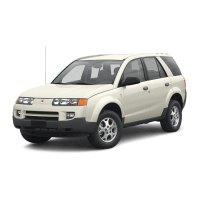
